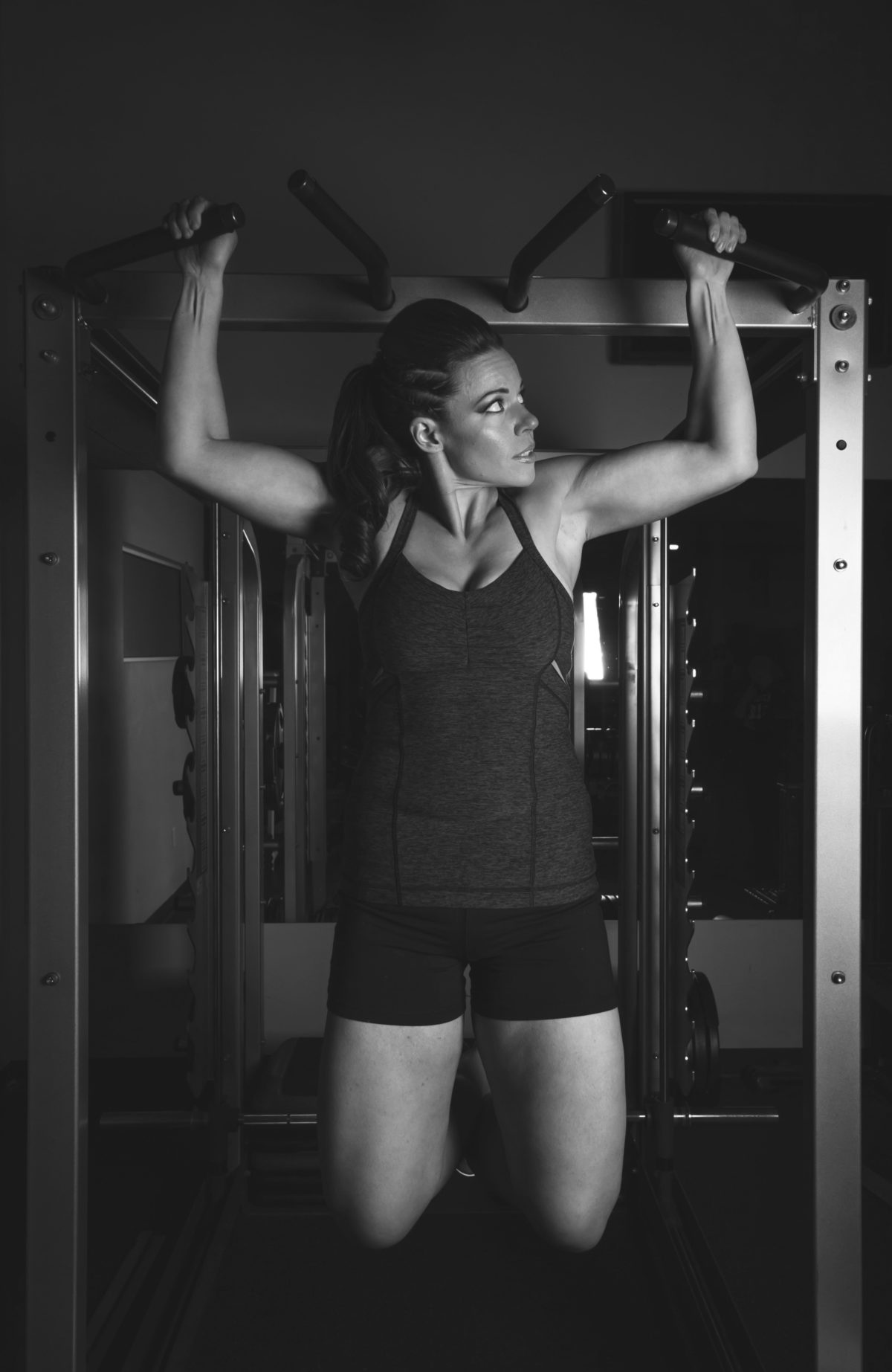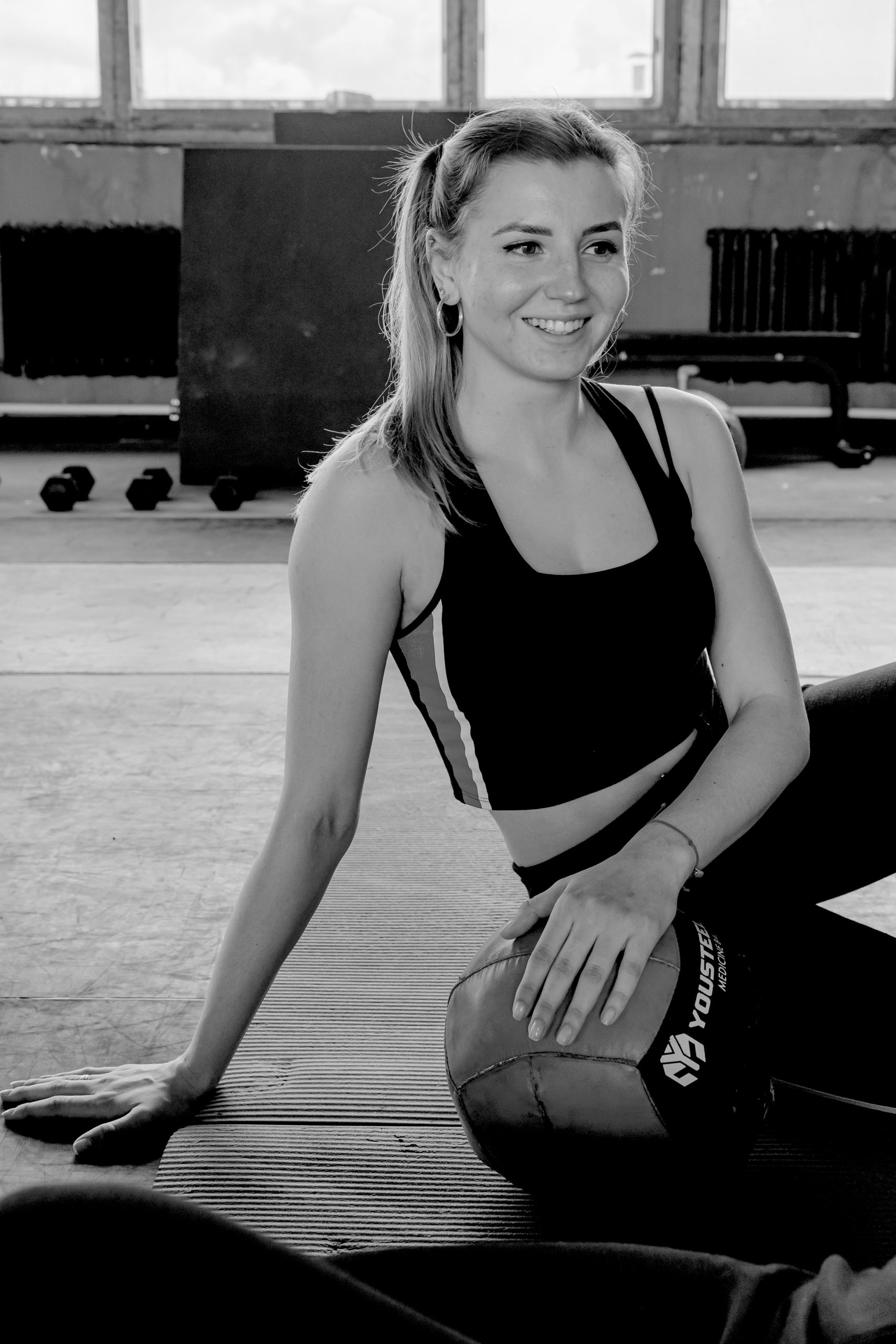High intensity and CrossFit go together like shoelaces. In fact, ask someone who has recently gotten their L1 (CrossFit’s base coaching certificate) what CrossFit is and they will likely tell you it is constantly varied functional movements performed at high intensity. It is CrossFit’s claim to fame – being able to do more work in less time. We manage to make high intensity workouts sustainable, and an effective method for working out.
Why it works
The nice thing is that high intensity can be different to everyone. An 85 year old who has never worked out a day in their life might squat to a tall box 20 times and have an elevated heart rate. For them, this is high intensity.
Meanwhile a 23 year old athlete might do 20 full depth squats with 250 lbs and get the same elevated heart rate. This is high intensity for them. That is why CrossFit has the ability to change lives. It can be applied over a broad spectrum of people and abilities.
High intensity works great for fat loss, muscle building and getting more done in less time. If you have ever seen a track sprinter and a cross country runner next to each other you know what I mean. The cross country runner usually looks malnourished and the sprinter looks like a bodybuilder.
There’s always a downside
However as with all good things there is a downside to high intensity workouts. It simply is not sustainable.
Your heart rate can only stay so high for so long. And the higher it stays, the shorter amount of time it can stay that way. Even professional athletes can only maintain their true 100% for a few minutes before they have to break or reduce that level of intensity.
It’s similar to miles per gallon and RPMs of an engine. The higher the RPMs the fewer miles per gallon it will go. There needs to be some kind of trade off.
How to make high intensity workouts sustainable
So how do we keep intensity high without having to slow down? This is where the popular abbreviation HIIT comes in. HIIT stands for high intensity interval training.
Here is how it works. You work really hard for a short period of time and then rest. You do this over and over again, usually in a predetermined amount of time.
One of the most famous ways to do this is Tabatas. Ta-whata’s??? Tabatas. Tabata is named after Dr. Izumi Tabata, who we will talk about in a different article. Basically, he studied HIIT and came up with a 20 sec of work to 10 sec of rest ratio.
Typically this is done 8 times back to back. Tabatas are great because 20 seconds of work is not a long time and most people can work very hard for that little amount of time. 10 seconds of rest is just enough time to catch a couple of breaths.
If you have never done a tabata or multiple rounds of a tabata then you are probably looking at 20 seconds of work like a joke. Trust me, it is not. You will soon be wondering how 20 seconds is so difficult and why you are sweating so much.
Tabatas are just one way to use HIIT. You can stretch the work and rest time out to be longer but the idea is to keep the work time short enough to where you can consistently produce high levels of intensity.
So as effective as high intensity is, resting during your WOD can be equally important. This is a key way to make your high intensity workouts sustainable.





